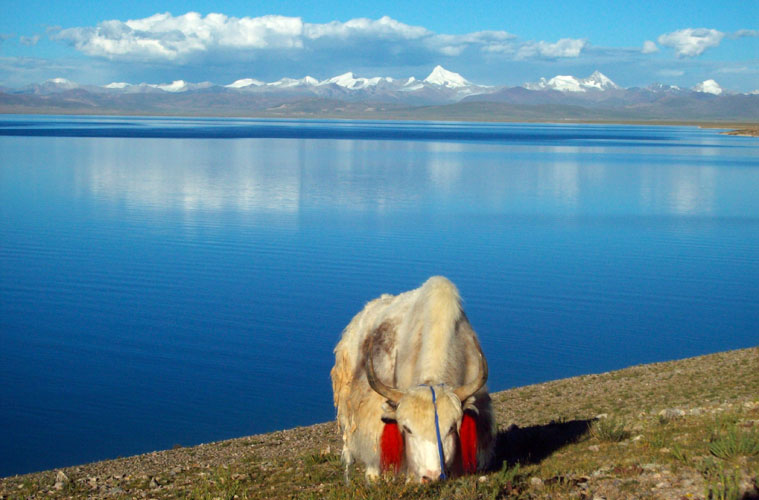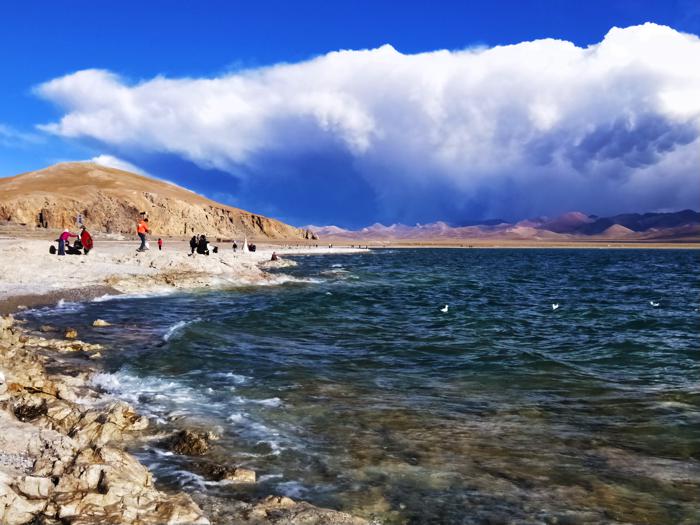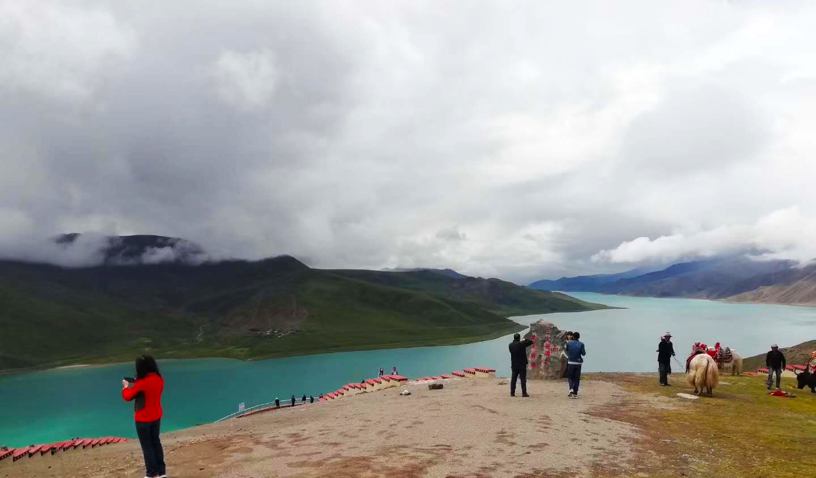+86-15889090408
[email protected]

A county in the Lhasa Prefecture of Tibet Autonomous Region, Damshong, or Damxung, is home to several of Tibet’s beautiful attractions, including the holy Lake Namtso. The Chengguan District of Lhasa Prefecture center is a rugged land, including the Nyenchen Tanglha Mountains and part of the Jiangtang Grasslands in the north.
The name means “select pasture” and is right on the nose as it includes some of the Jiangtang Grasslands’ richest pastures for grazing herds of yaks. However, it is an area that is tectonically active. There have been several major earthquakes in the area over the past 60 years, with the most recent being in November 2010, which managed to shake buildings and break windows in Lhasa city.

Damshong is a popular tourist area to the north of Lhasa itself, and with one of the Three Great Sacred Lakes within its boundaries, tours to the area bring much-needed tourism business. Damshong also includes other such popular sites as Yangpachen Hot Springs, a popular tourist attraction for those visiting Lake Namtso as a relaxing secondary attraction, which also houses the Yangpachen geothermal Plant that generates energy from geothermal currents to provide electricity to the area.
Yangpachen is also the monastery’s site that was historically the seat of the Shamarpas of Karma Kagyu. The main monastery of the Red Hat School of Karma Kagyu was built around 1490 and has had extensive repairs and additions over the centuries, growing into a major complex for the collection of cultural relics. Though the Red Hat school dies out in the late 18th century, the monastery was rebuilt after being partially destroyed during the cultural revolution.
Nearby lays the ancient Kangma Monastery, in Chonggar Village, around 16 kilometers from the county seat of Damquka Town. The monastery is part of the Gelug School of Tibetan Buddhism and is the largest monastery in the county. It is believed that a monk built the monastery from the Kangma monastery in Garze Prefecture in Sichuan. The unique meditation room of the monastery contains over 1,200 carved stone statues of Buddha that date back around 300 years.
Lake Namtso, which also lies in Damshong County, is one of the Three Great Sacred Lakes in Tibet, the other two being Lake Yamdrok and Lake Manasarovar. The second-largest saltwater lake in Tibet, its turquoise-blue waters shine in the bright sunlight. The lake lies in an area of spectacular scenery, surrounded by mountains on all sides, and is well known for the stunning beauty it possesses. On the southeastern corner of the lake, the famous Tashi Dor Monastery lies on a promontory of land that sticks out into the lake. A small monastery with only two main buildings, the Tashi Dor Monastery provides basic accommodations for travelers to the lake. It has its own kora route around the monastery and a few other sites of interest on the promontory.
One of the most prominent landmarks in Damshong is the Nyenchen Tanglha Peak, the highest mountain in the Nyenchen Tanglha Mountain Range that runs from the northeast to the southwest and has Lake Namtso at its feet. 700 kilometers of high mountains of around 6,500 meters, with the highest peak reaching 7,162 meters above sea level. Part of the sub-ranges of the Transhimalaya, the mountains are the source of the Drukla Chu River, also known as the Song Chu River, which flows southeast to join the Yarlung Tsangpo River near Lhasa eventually.

Getting to Damshong is normally done by car from Lhasa, and most people visit the area on tours from the Tibetan Capital. The drive takes around 3 hours 30 minutes to cover the 160 kilometers to the county, following the G109 Qinghai Tibet Highway heading north. From the Qinghai Tibet Highway at Xining, Damshong is around 1,800 kilometers and takes around 26 hours of continuous driving to reach. For tourists to the area, traveling along the road from Xining takes around 4-5 days and is long and arduous.
You can also reach the county from either Xining or Lhasa on the Qinghai Tibet Railway, and the train stops at the stations in Damquka Town and Yangpachen. Two passenger trains stop at the stations daily, and the travel time from Lhasa is around 2 hours. Buses also now run from Lhasa to Damshong daily, and you can buy tickets at the Dongjiao and Xijiao bus stations in Lhasa.

With so many things to do and see in Damshong County, it would be a great place to visit all year round. However, winter is not a good time to travel to the area. North of Lhasa, in the area around the Nyenchen Tanglha Mountains, winters can be a little harsh, and snow is a common sight from January until late March. With so much snow, it makes much of the area hard to get to, and the temperatures can be colder at night than in Lhasa.
The ideal time to travel to Damshong is from April to November, when the weather is more favorable and temperatures are warmer. Traveling in early spring means that you can often see the snows melting into the holy Lake Namtso, and with clear skies and warmer temperatures, the views of the snow-capped mountains are spectacular. Summer is a great time to visit the area, as the light summer monsoon rains bring out the lushness of the grasslands, and the landscape seems more alive than ever.
As the year progresses to autumn, the leaves on the trees in the river valleys turn brown and red and start to fall, covering the ground with a blanket of colors. With the rains gone and the skies bright and clear, it is a perfect time for trekking through the Nyenchen Tanglha Mountains and across the plains, and the popular trek to Lake Namtso is one of the best in the area.